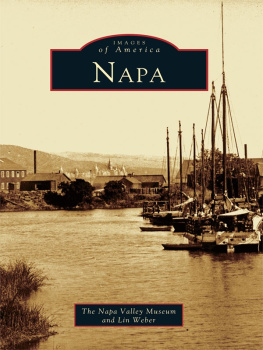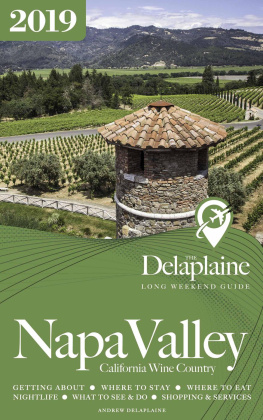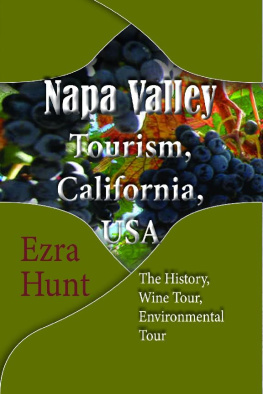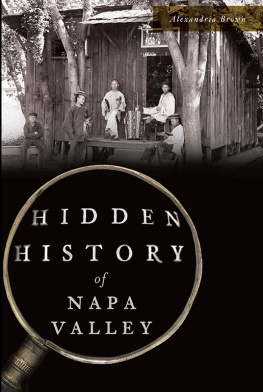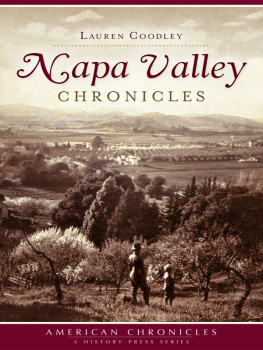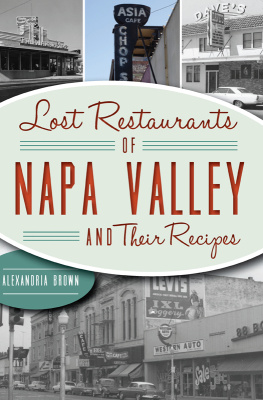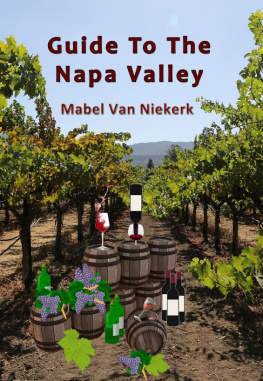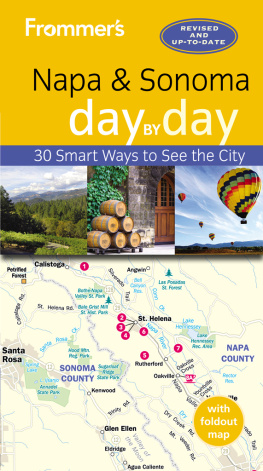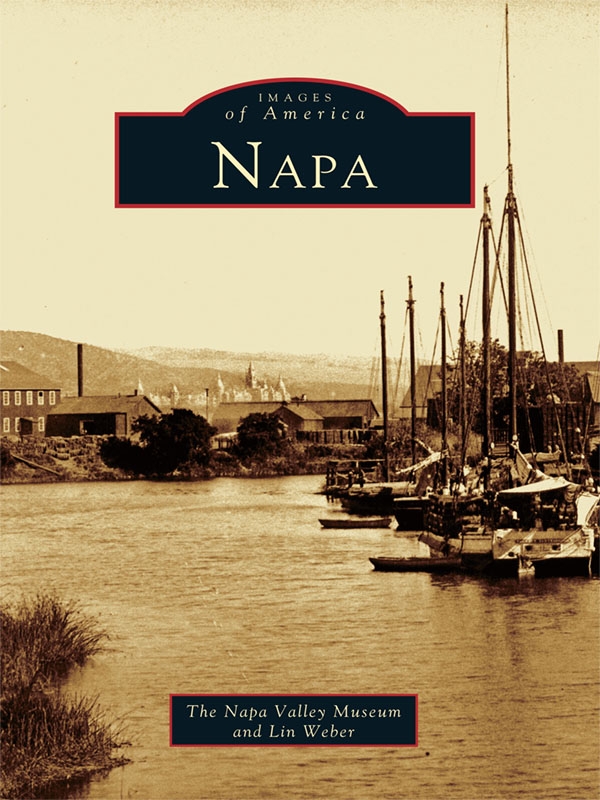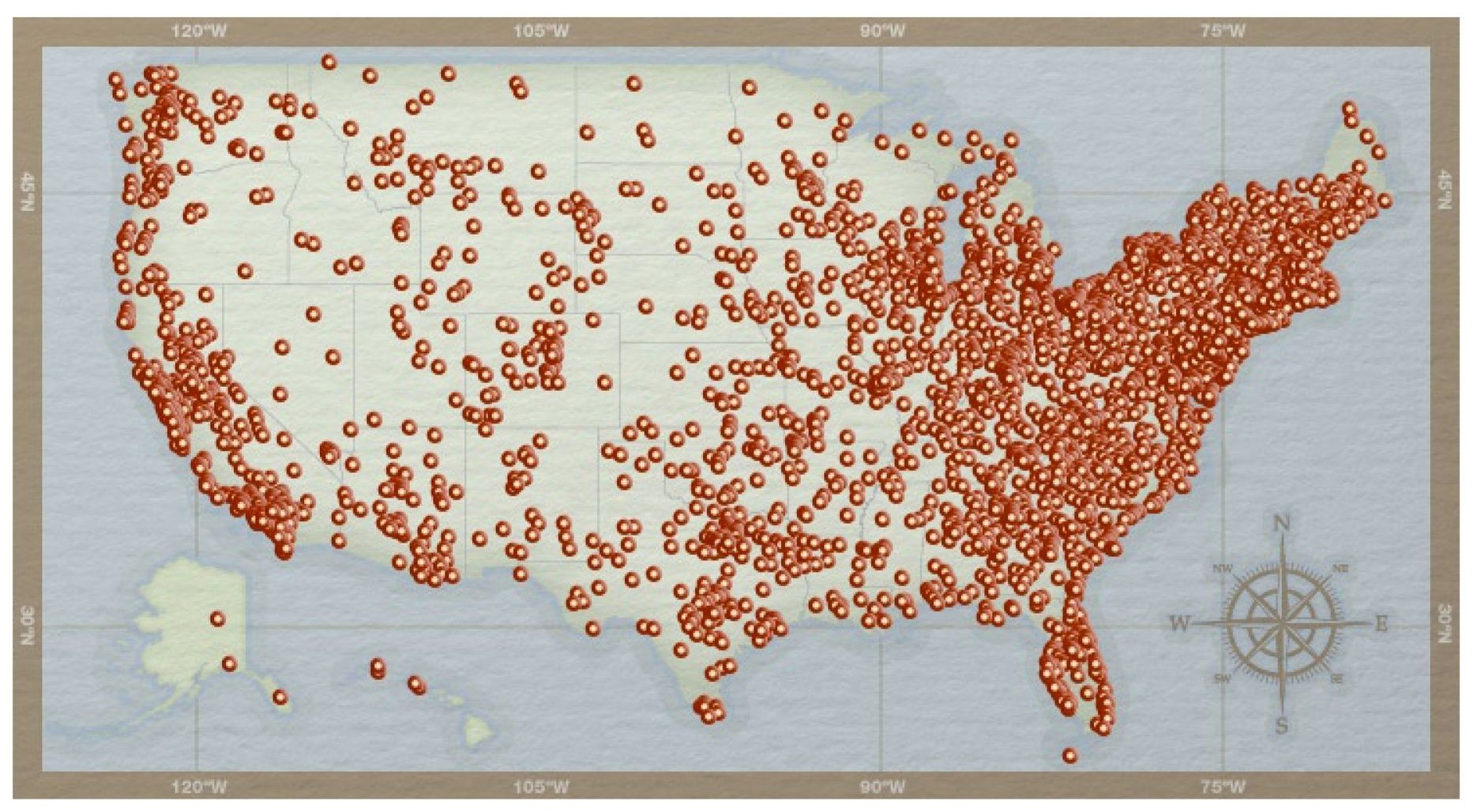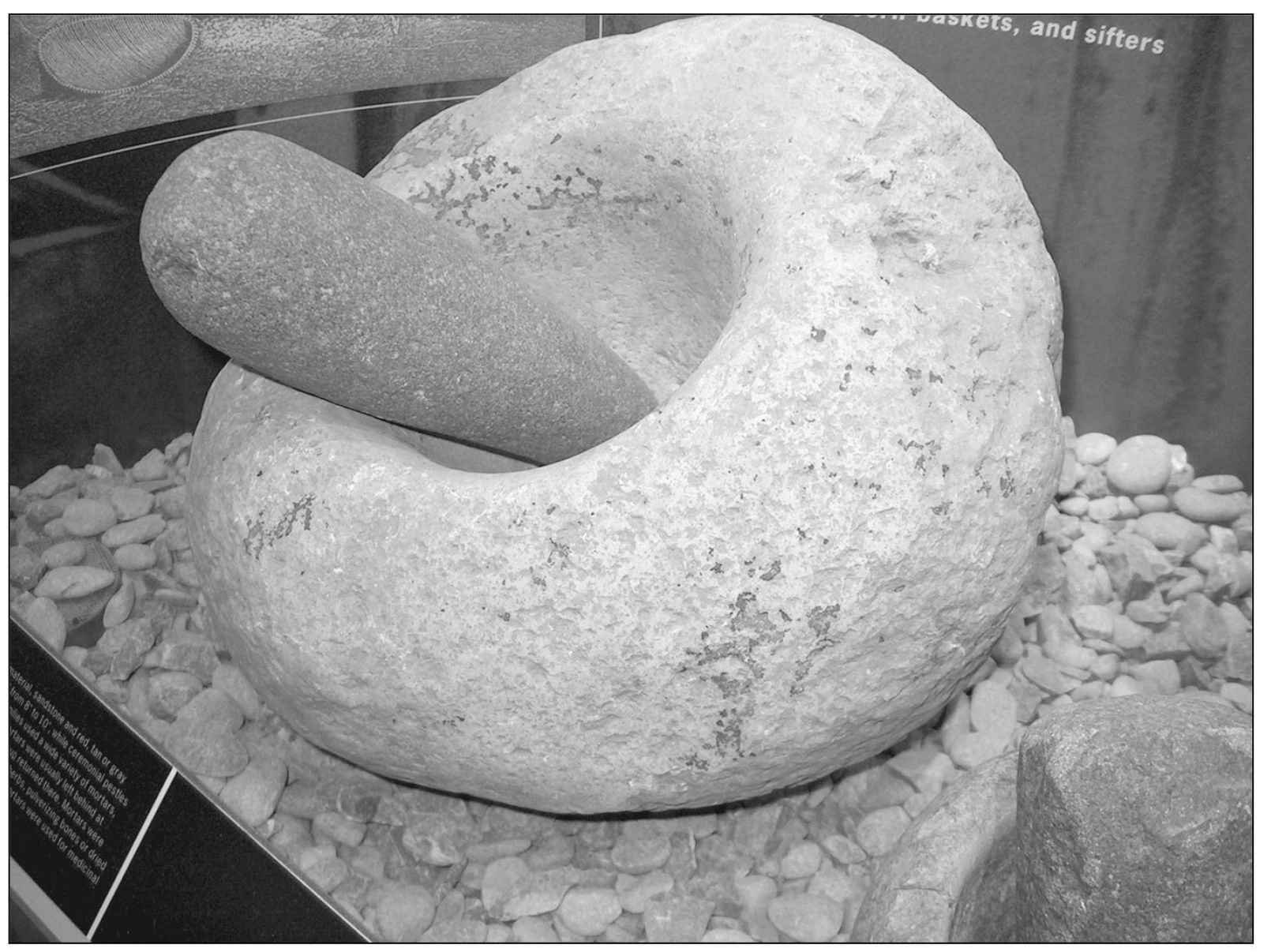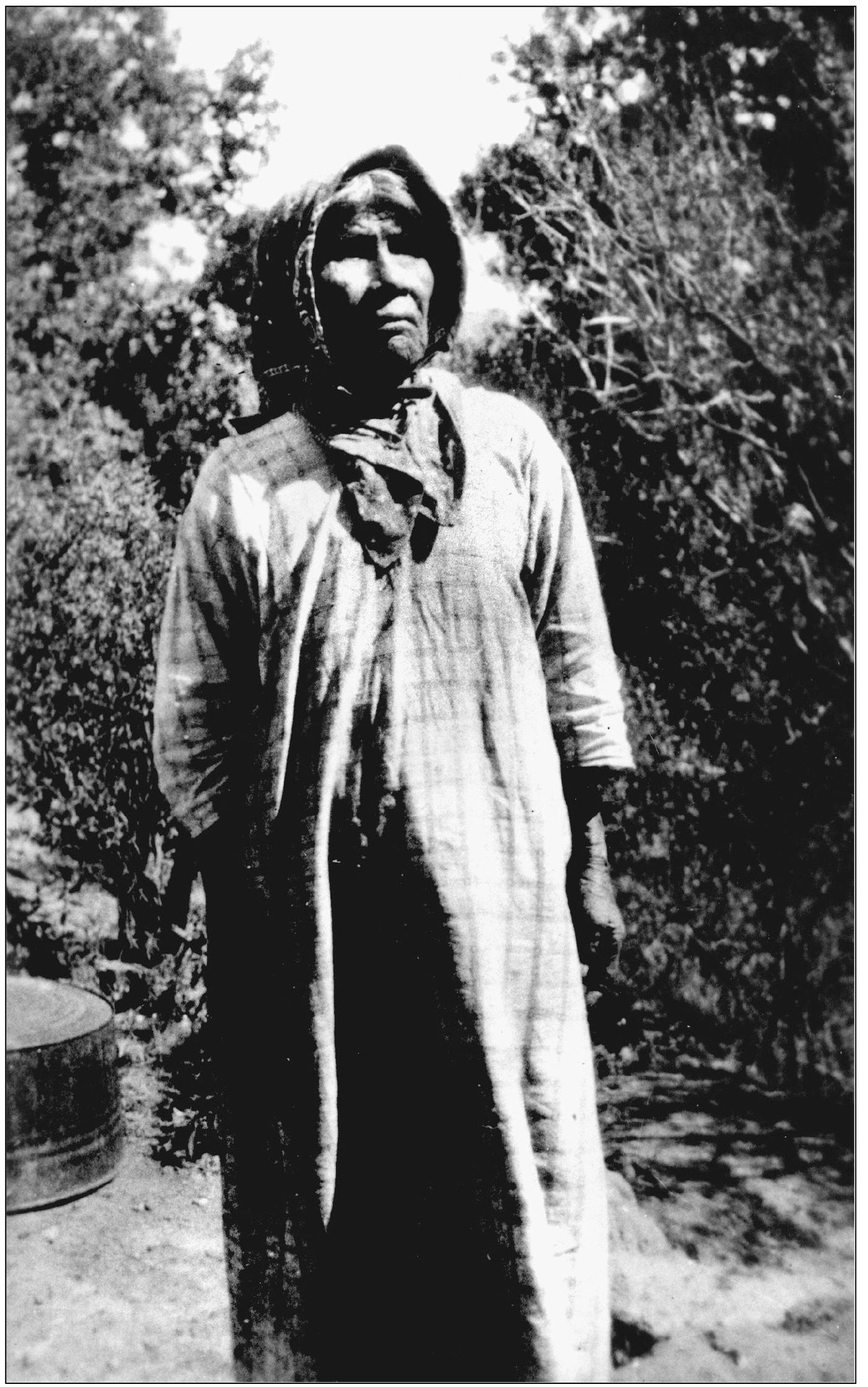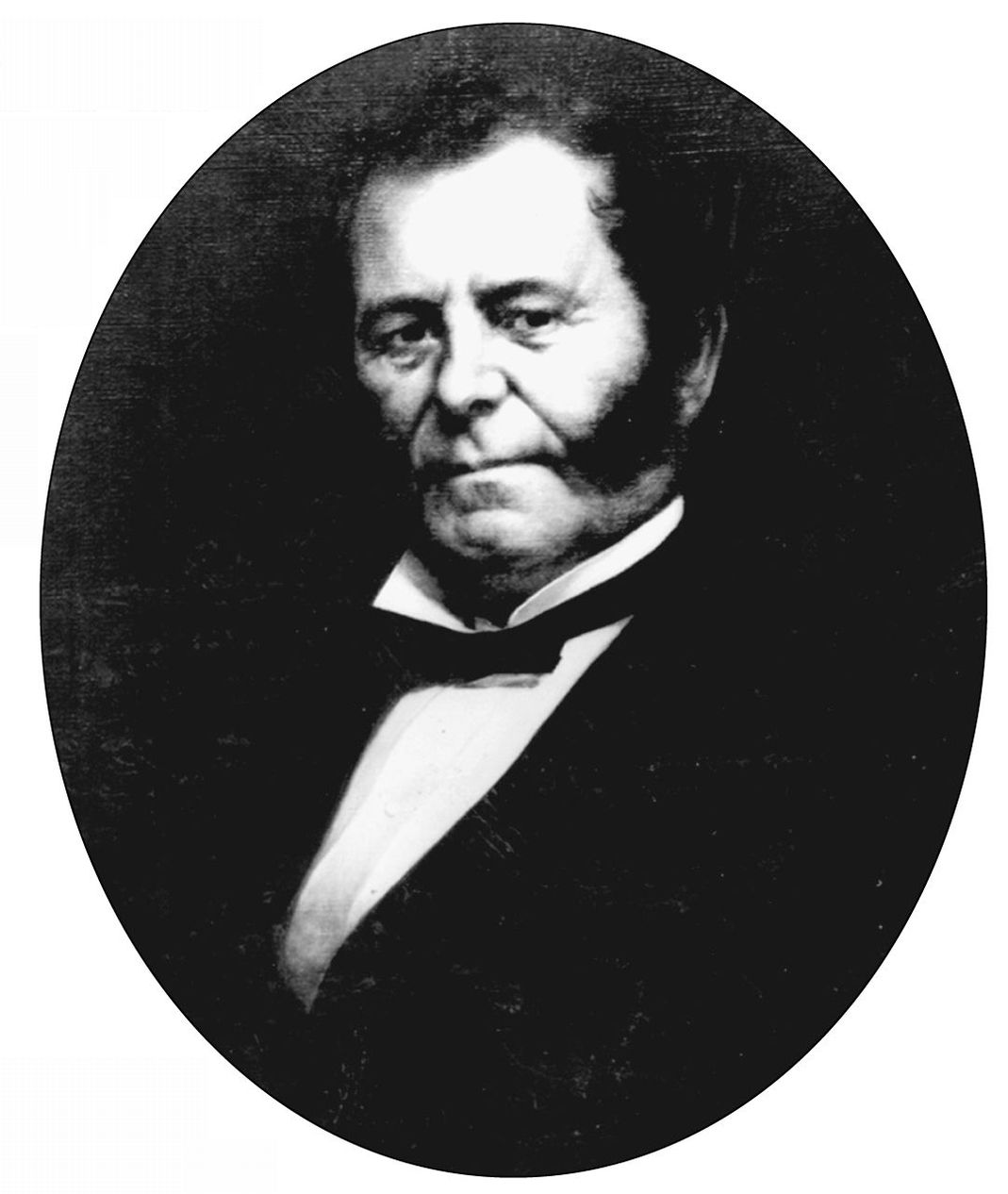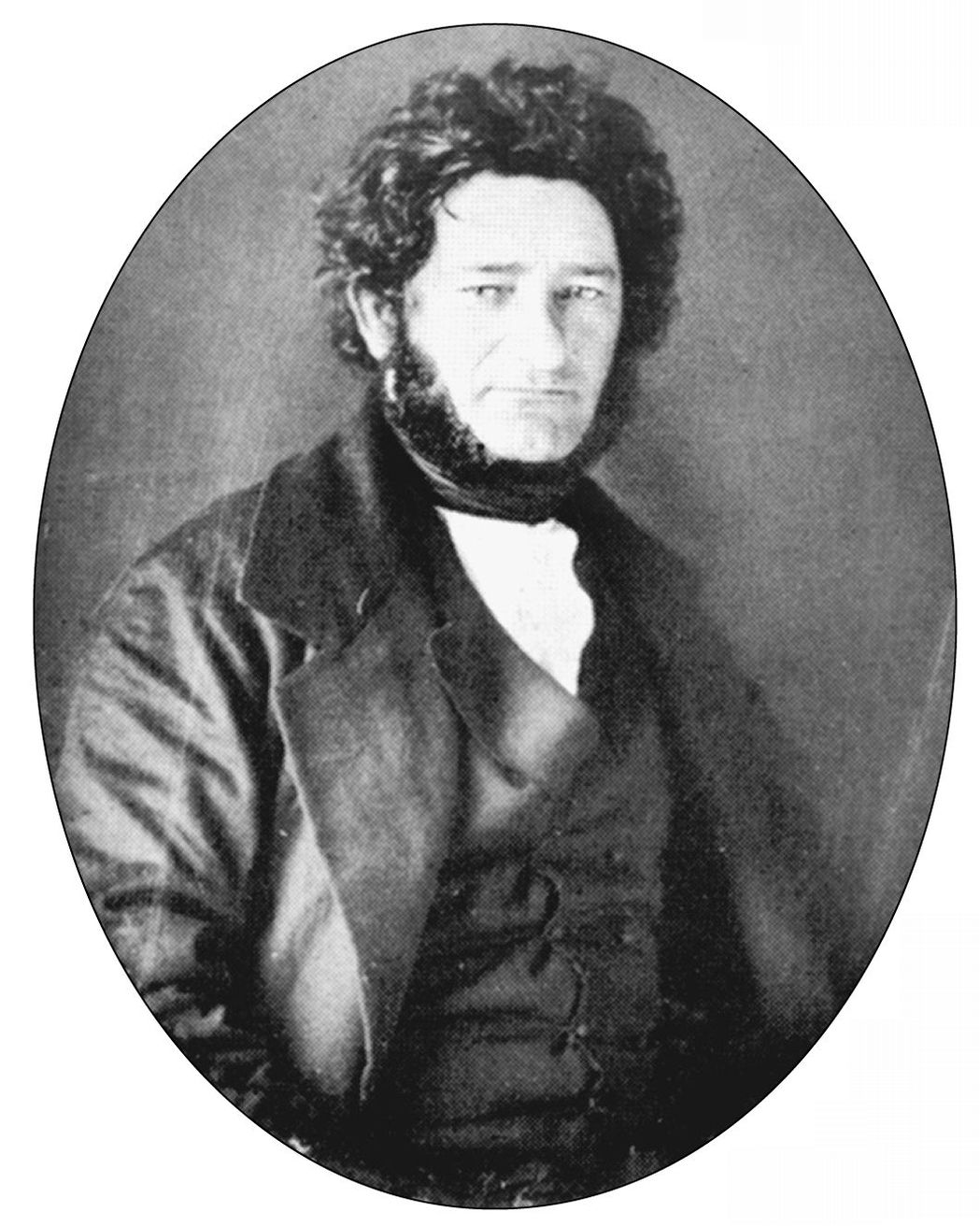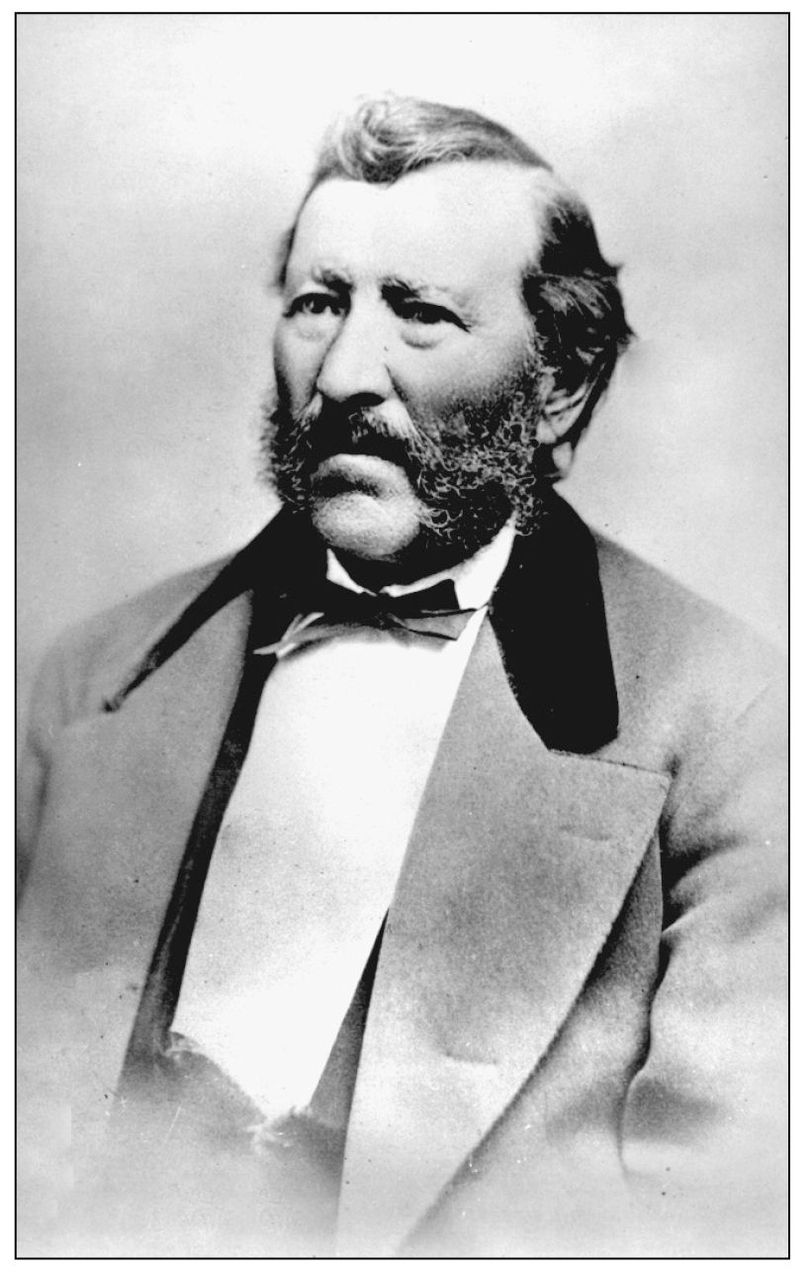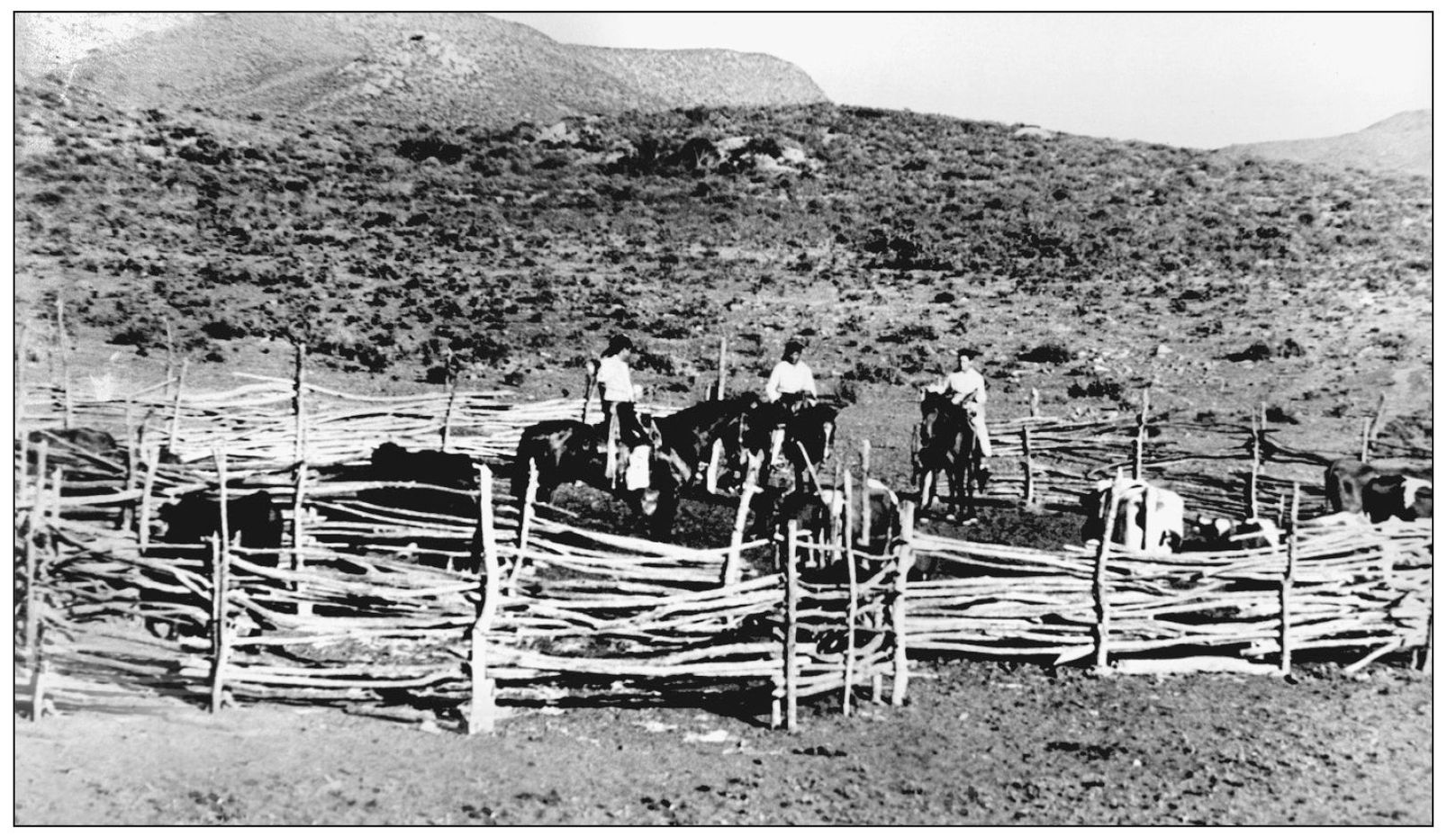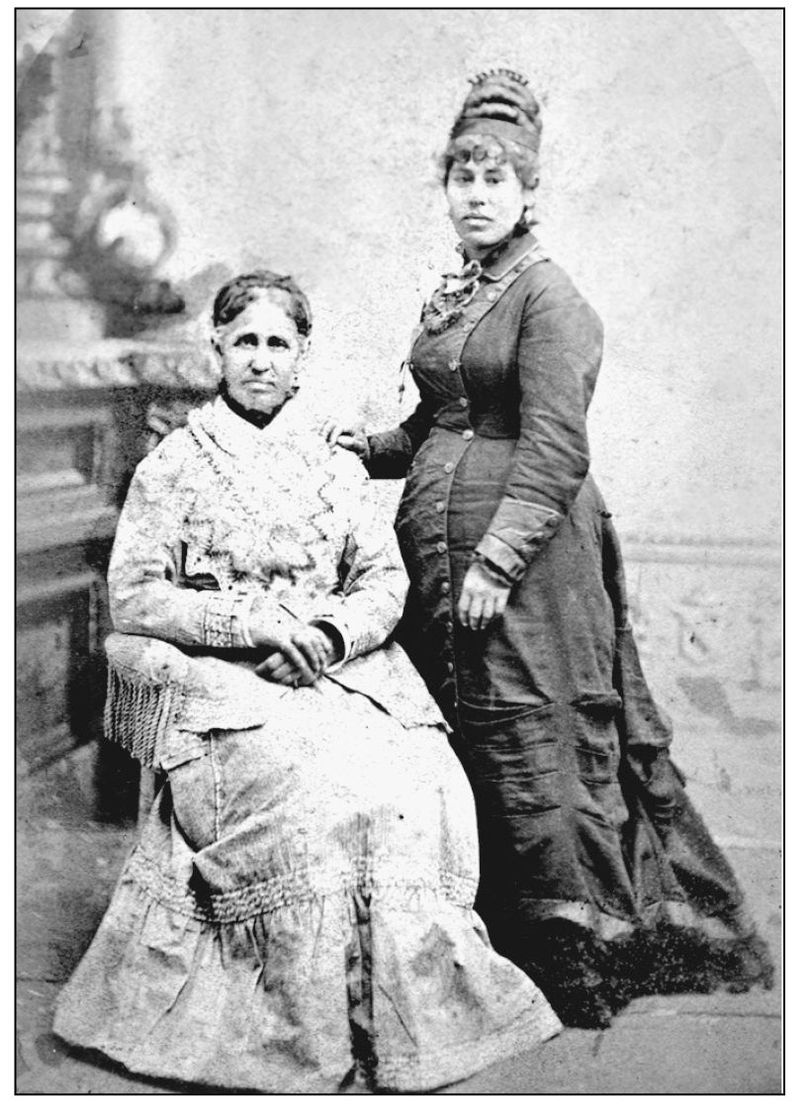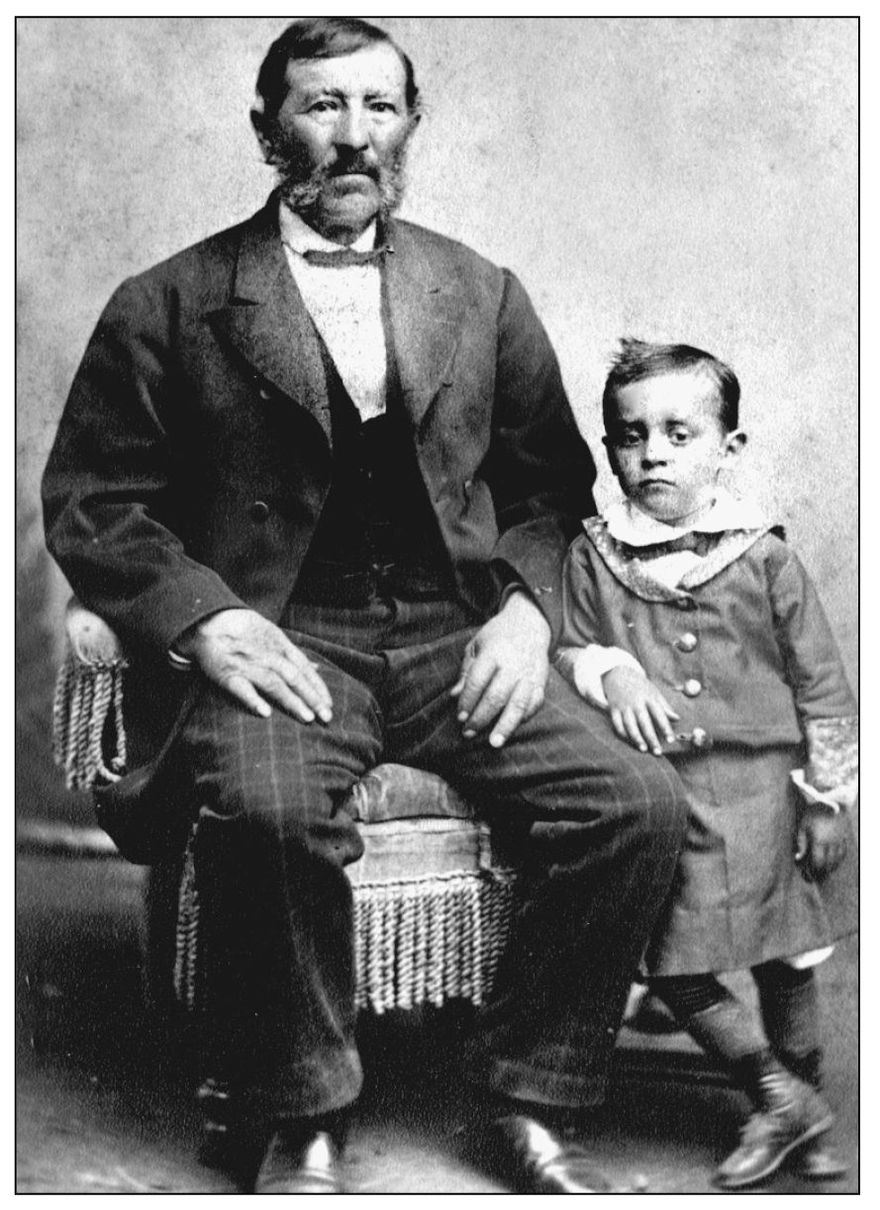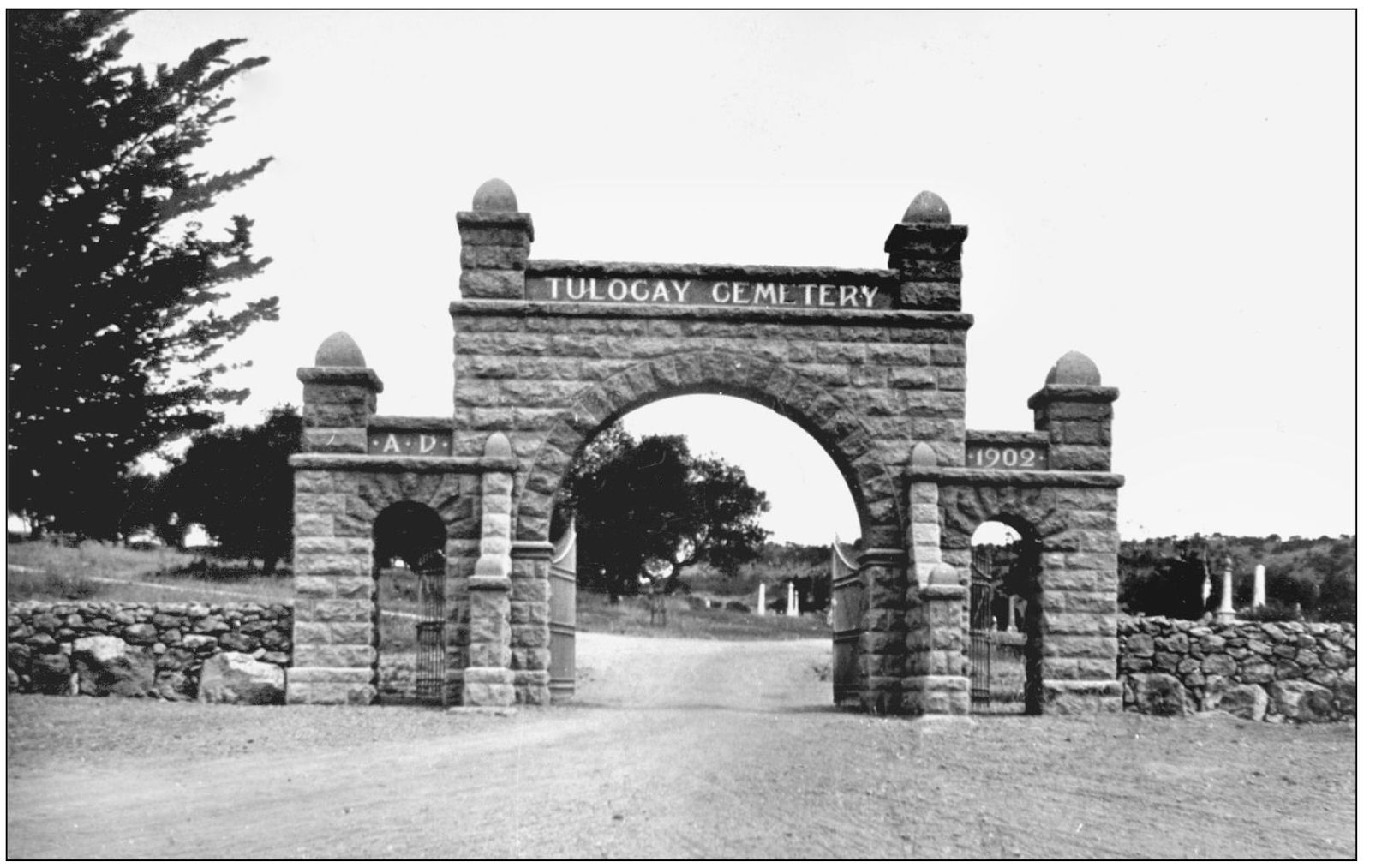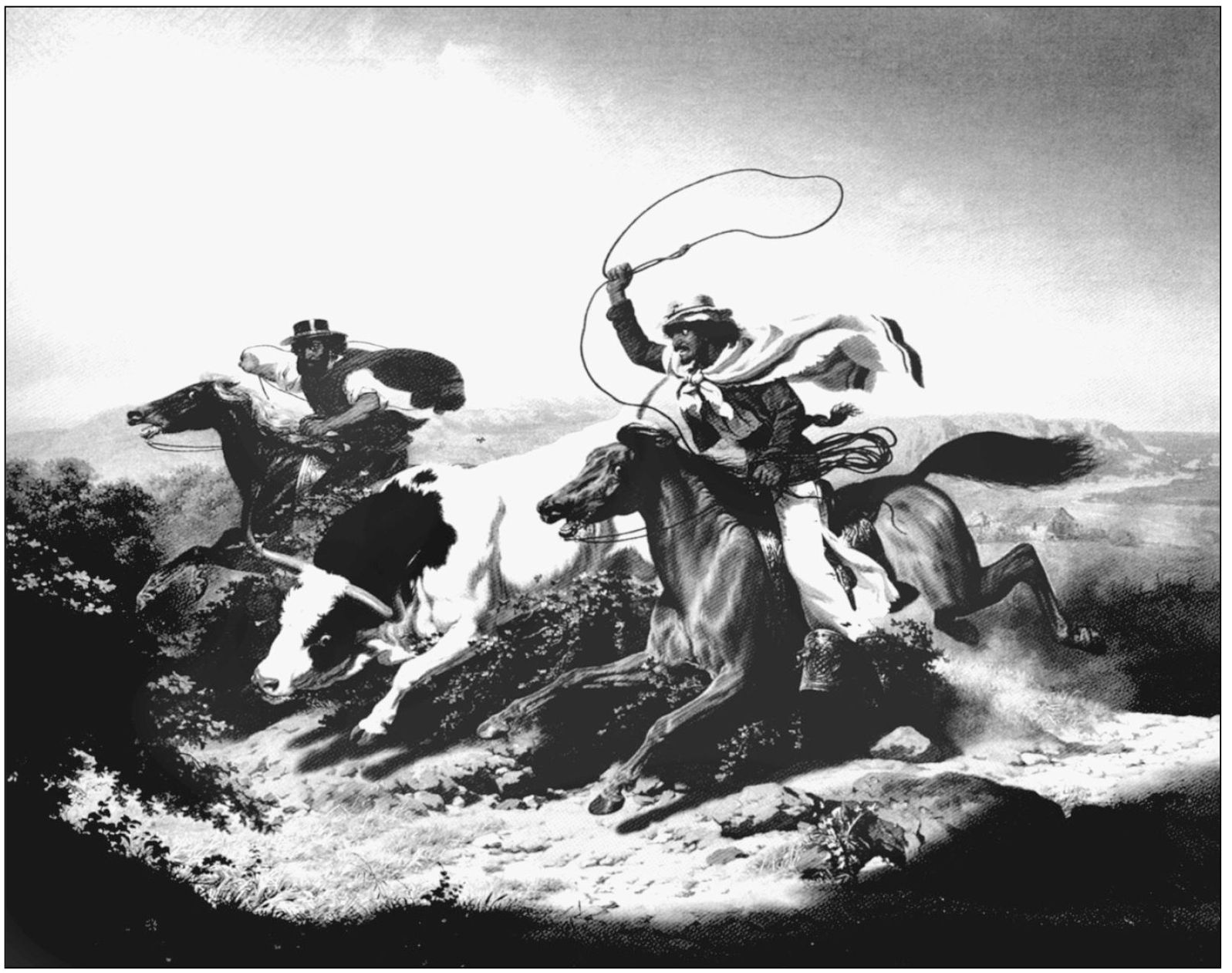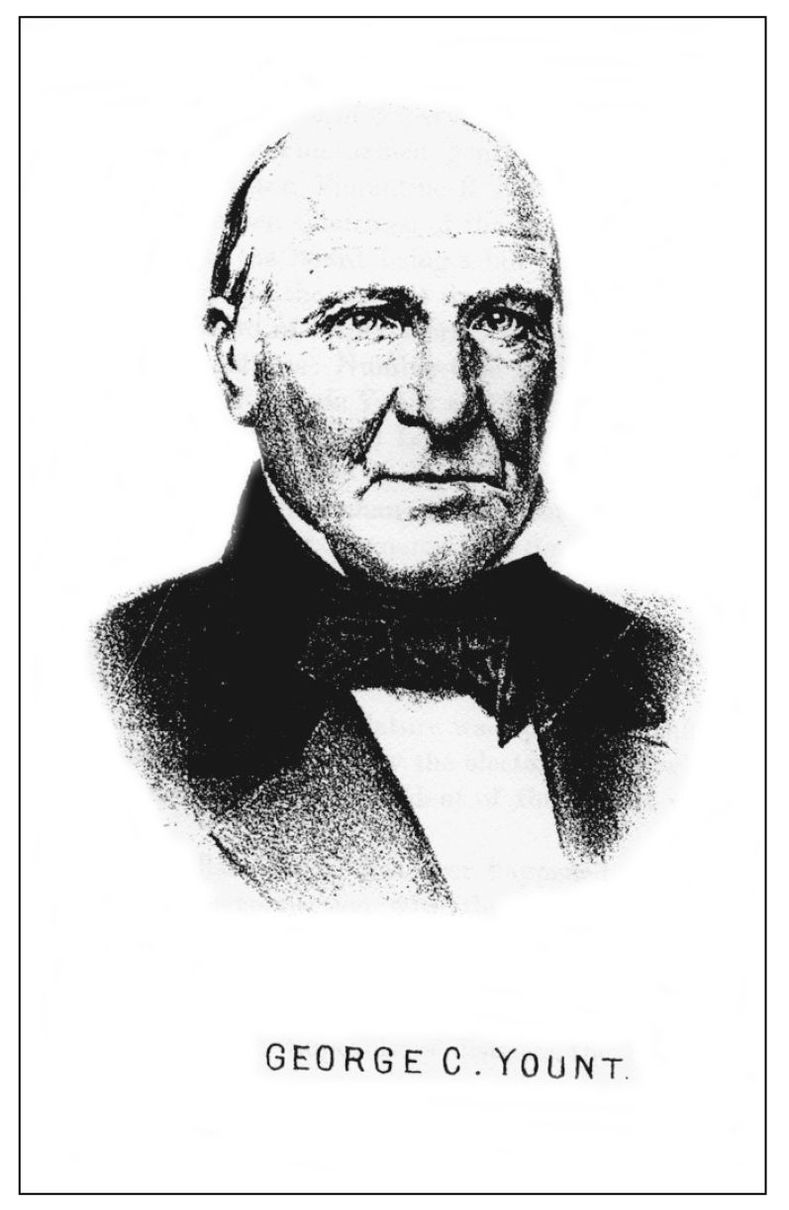One
ALL BUT VANISHED
Native Americans of the Napa Valley used mortars and pestles to grind acorns, which were the mainstay of their diet. The Napa Valley Museum has a large collection of these grinding objects.
C. Hart Merriam photographed this Wintun woman in a Napa orchard in 1927. Some 2,500 Wintun descendants live in Northern California today. The Wintun arrived in the Napa Valley long after the Wappo had established seasonal hunting camps here. The two peoples spoke entirely different languages and engaged in occasional skirmishes with each other.
The Mexican government sent Mariano Vallejo to oversee the development of the area. Vallejo complained to the governor that the policy of forcing the natives to accept Christianity had created considerable hostility. To help secure the area for Mexico, he issued grants of land to family members and other persons of rank, including a few Americans who agreed to become Mexican citizens and convert to Catholicism. (Courtesy of the Sonoma Index-Tribune .)
Salvador Vallejo, Marianos brother, led well-armed soldiers in several major battles against the Indians. He ran cattle on his Napa (also known as Trancas) rancho and acquired the neighboring Yajome grant. (Courtesy of the Sonoma Index-Tribune.)
One of the soldiers under General Mariano and Salvador Vallejos command was Don Cayetano Juarez (left), whose Indian-fighting armor consisted of seven layers of rawhide. Wounded at least three times in battle, he was honorably discharged in 1836. Later he brought horses and cattle to the Napa Valley, tending them by day before returning at night to his home in Sonoma. Vallejo rewarded him for his loyal service with a grant of more than 8,800 acres bounded on the west by the Napa River and the east by the Vaca Mountains. Don Cayetano named it Tulucay, probably after a Wintun/Patwin encampment there. (Courtesy of the Napa County Historical Society.)
The crumbling structure on the right is Don Cayetanos original adobe; the one on the left is its replacement, which still stands on Soscol Avenue and has been a restaurant since the early 20th century or earlier. The Juarez family hosted rodeos at the old adobe. Native peoples continued to live at the site for many years despite the intrusion of buildings, horses, and people.
Cattle like these in this crude corral were the focus of life during the short span between 1830 and 1846, part of an era often called the Mexican pastoral period. Rich men owned the land and the animals. Poor men worked them all day long, and the wives of both served beef at most meals. Cow hides were the most significant items traded in what would become Napa County, and even after Mexico lost California to the United States at the end of the Mexican-American War in 1848, tanning and leather-working businesses continued to be important local employers. Oats, sown through livestock droppings, quickly overtook the native bunch grasses and grew high in the fertile soil.
Don Cayetanos wife, Maria Higuera Juarez (seated), was the daughter of a soldier who marched with Captain Bautista de Anza in the expedition that founded San Francisco. She and Don Cayetano were married at Mission Dolores in 1835. They had 11 children, most of whom married American pioneers. (Courtesy of the Napa County Historical Society.)
Cayetano Juarez, seen here with his grandson, Roy Lolito Juarez, was popular with the Americans who made Napa City their home. Juarez Street was named for him.
When Napa Citys newly formed Cemetery Association approached Don Cayetano in 1858 to purchase some of his land for the purpose of interring Napas deceased, the don refused to sell. Instead, he gave the land, cost freealmost 50 acres of it. A local stonemason built this fine triple-arch entranceway in 1902. Juarez himself was put to rest there in 1883.
Two
PIONEERS: A SAMPLER
German artist Charles Christian Nahl came to the West to mine for gold, but gave California more than he took from itNahl designed the grizzly bear on the state flag. His oil paintings of western life captured the essence of the Mexican pastoral period, although technically that era had already ended when he arrived in America in 1848. Vaqueros Roping a Steer , above, is reprinted by permission of the Anschutz Collection.
Mountain man George Yount traded in his buckskins in 1836 to become the first person of European descent to own land and live in the Napa Valley. Wary at first of the natives who populated his 12,000 acres, he built a small wooden fortress and slept with his gun at the ready. A smallpox epidemic struck the region and decimated the natives, to whom Yount was sometimes friend and sometimes foe. In later years, American squatters built cabins on his Caymus Rancho (the name of the former Wappo settlement there). His wife helped him through years of tedious litigation to keep the squatters off his land. George Yount named the town that evolved around him Sebastopol, but in 1869 his fellow citizens renamed it Yountville in his honor.

